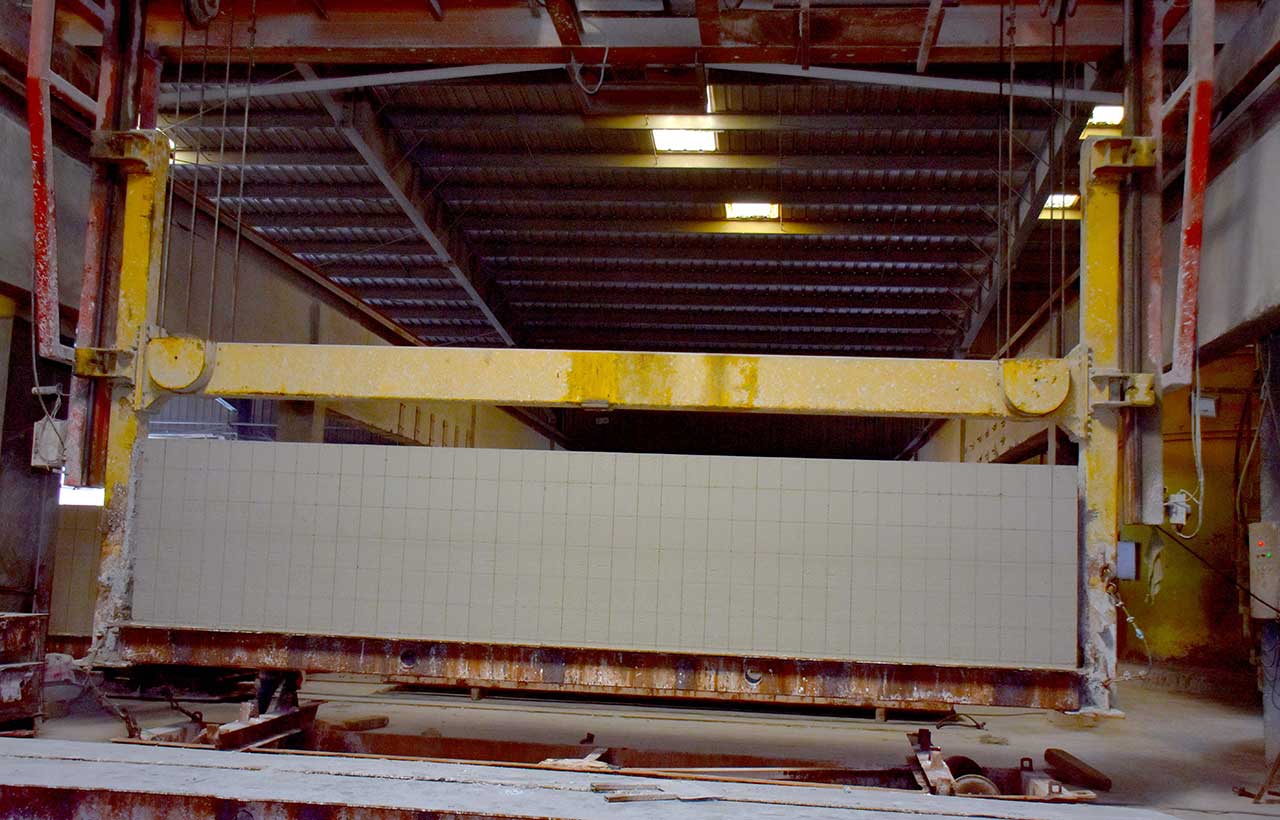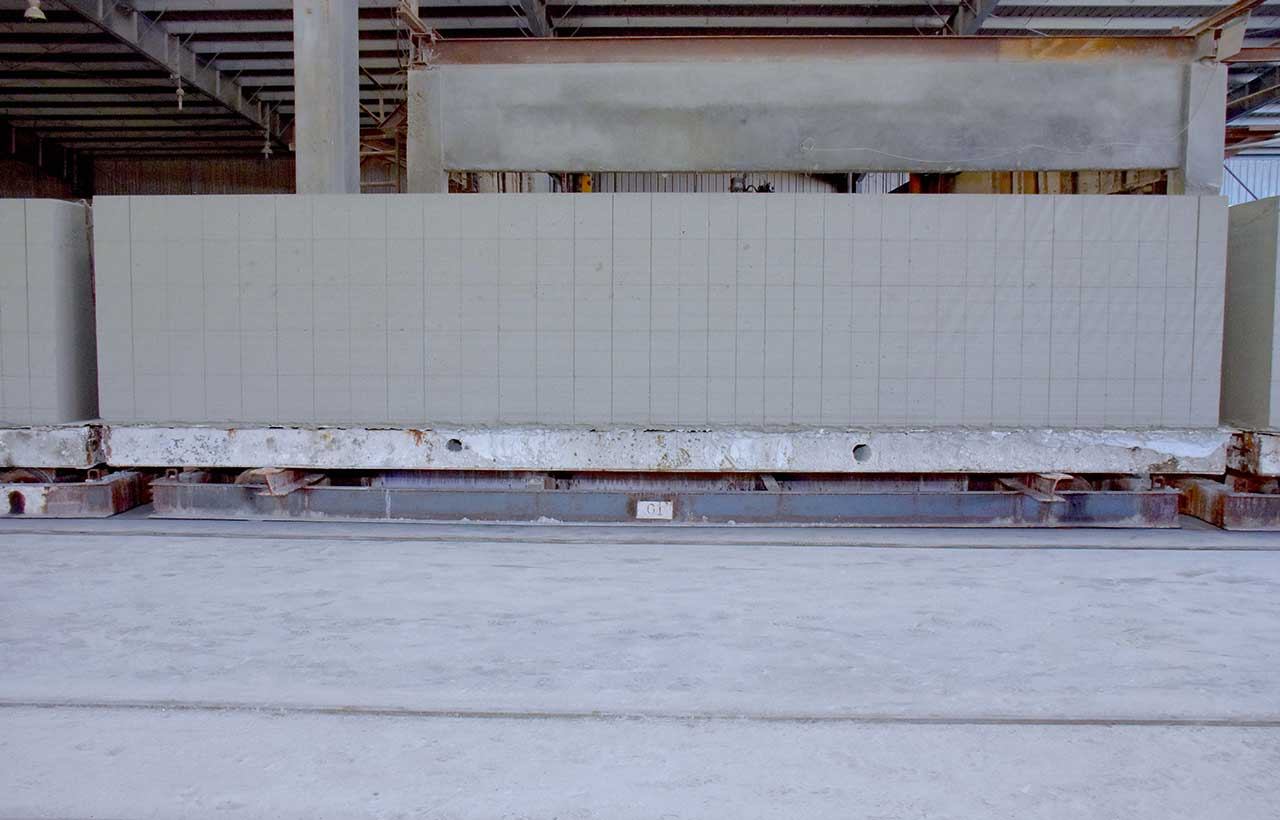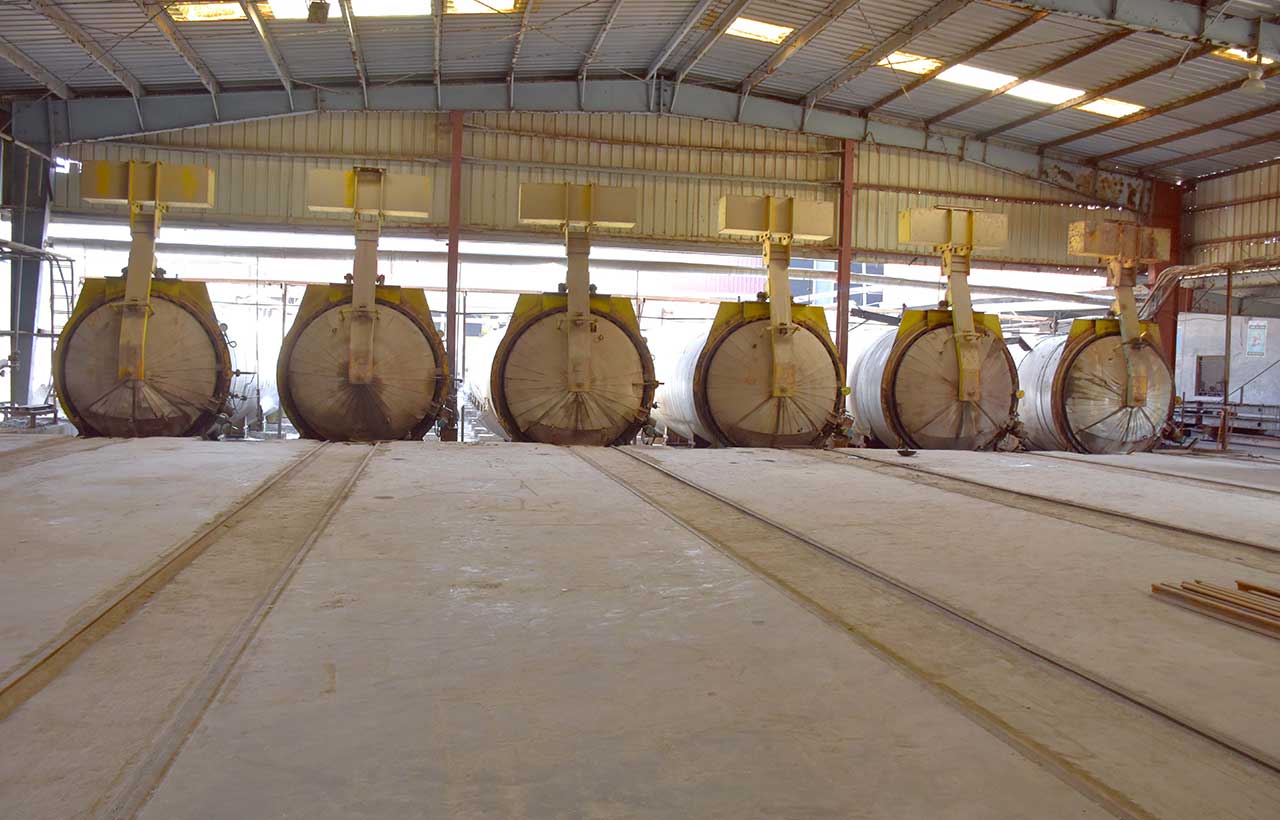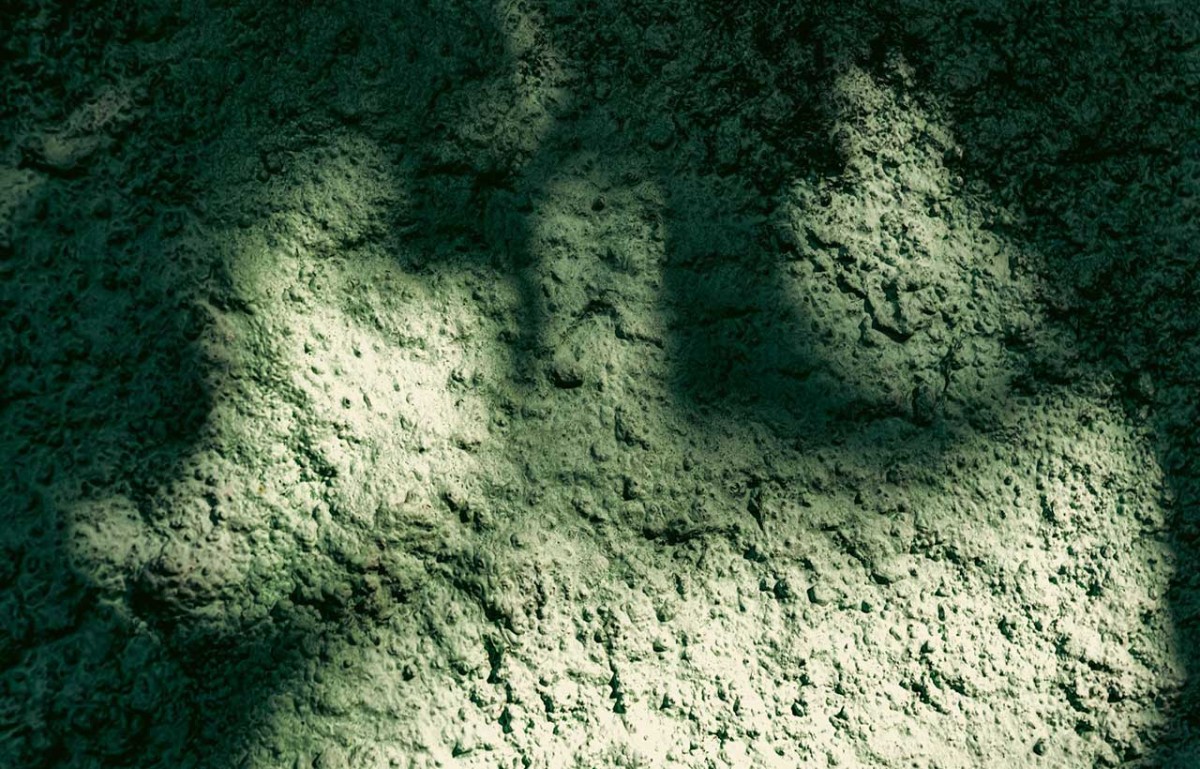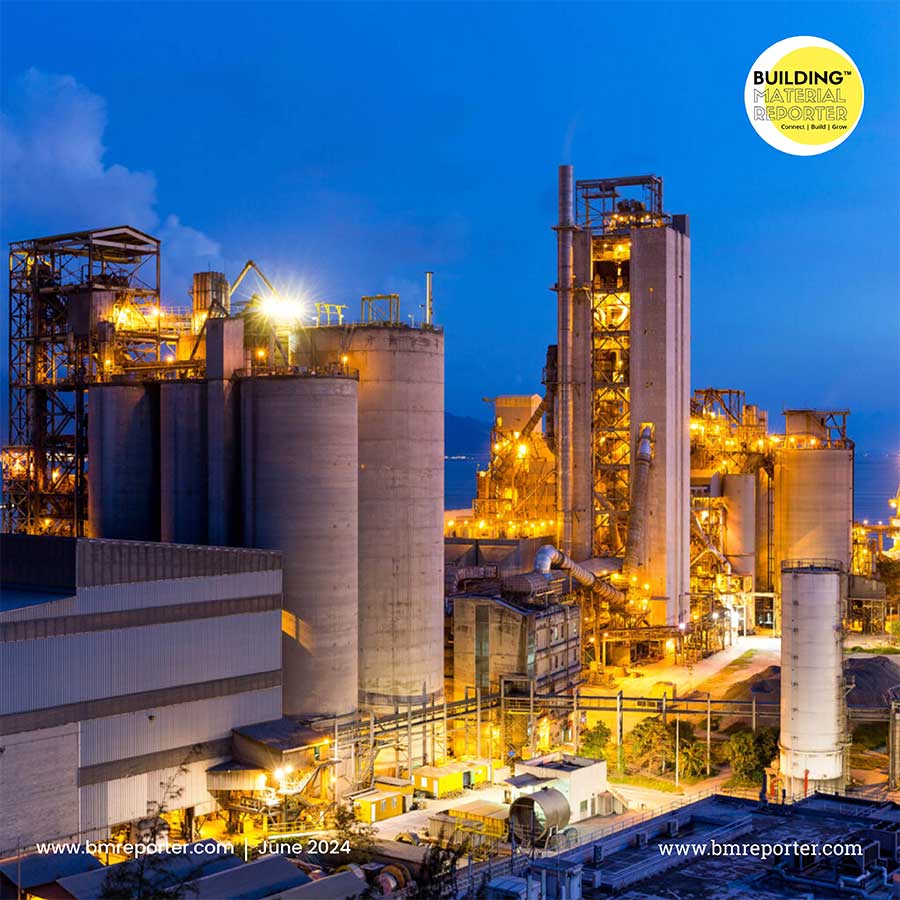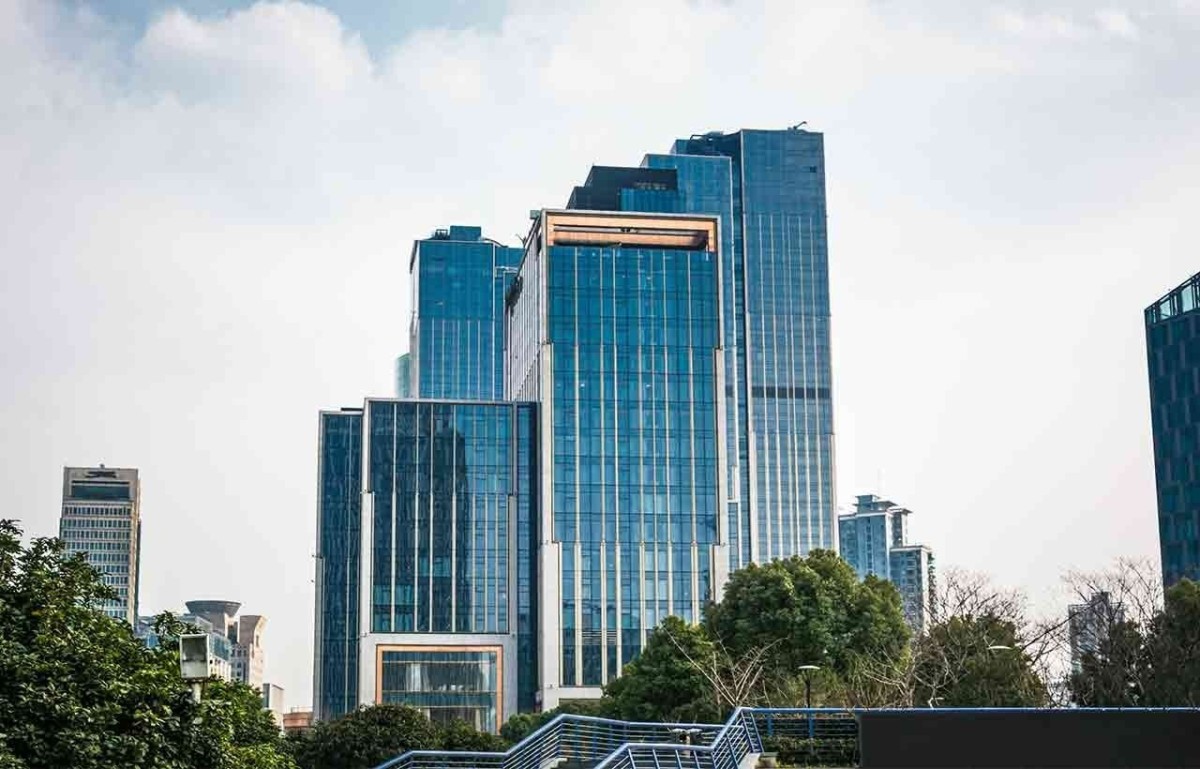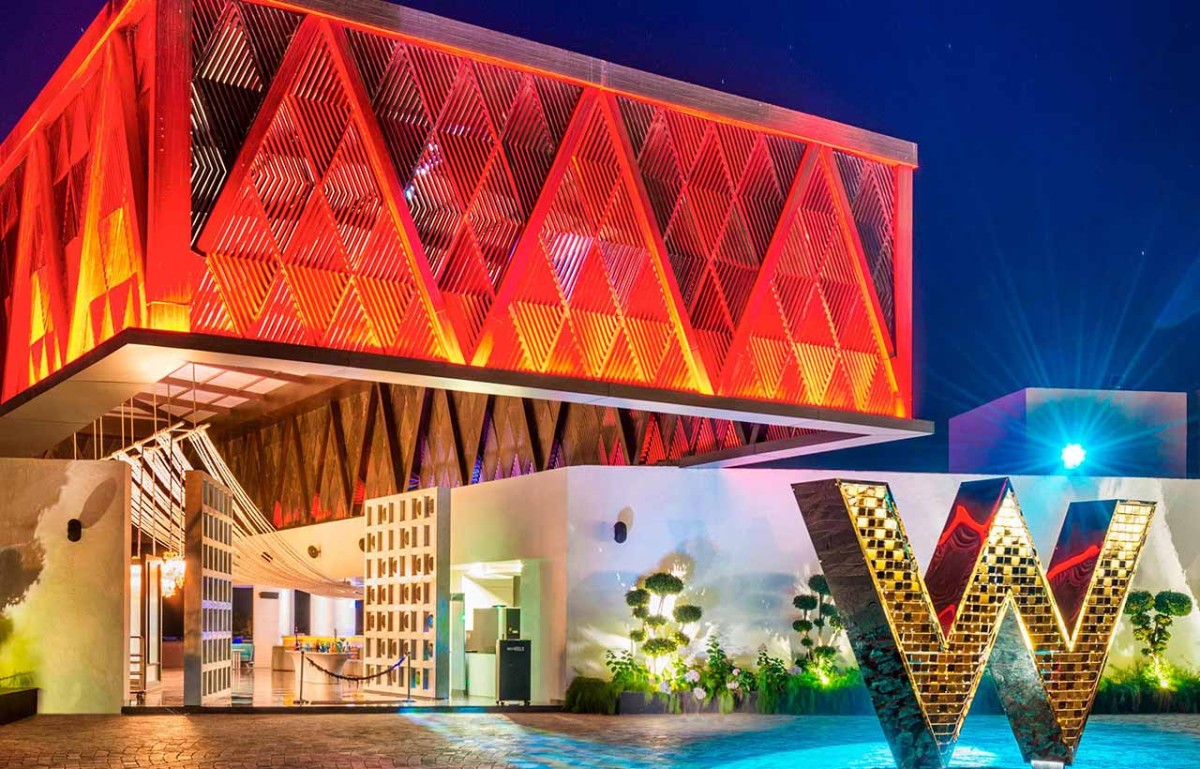Autoclaved Aerated Concrete Blocks
- July 19, 2022
- By: Editorial Team
- PRODUCTS AND MATERIALS
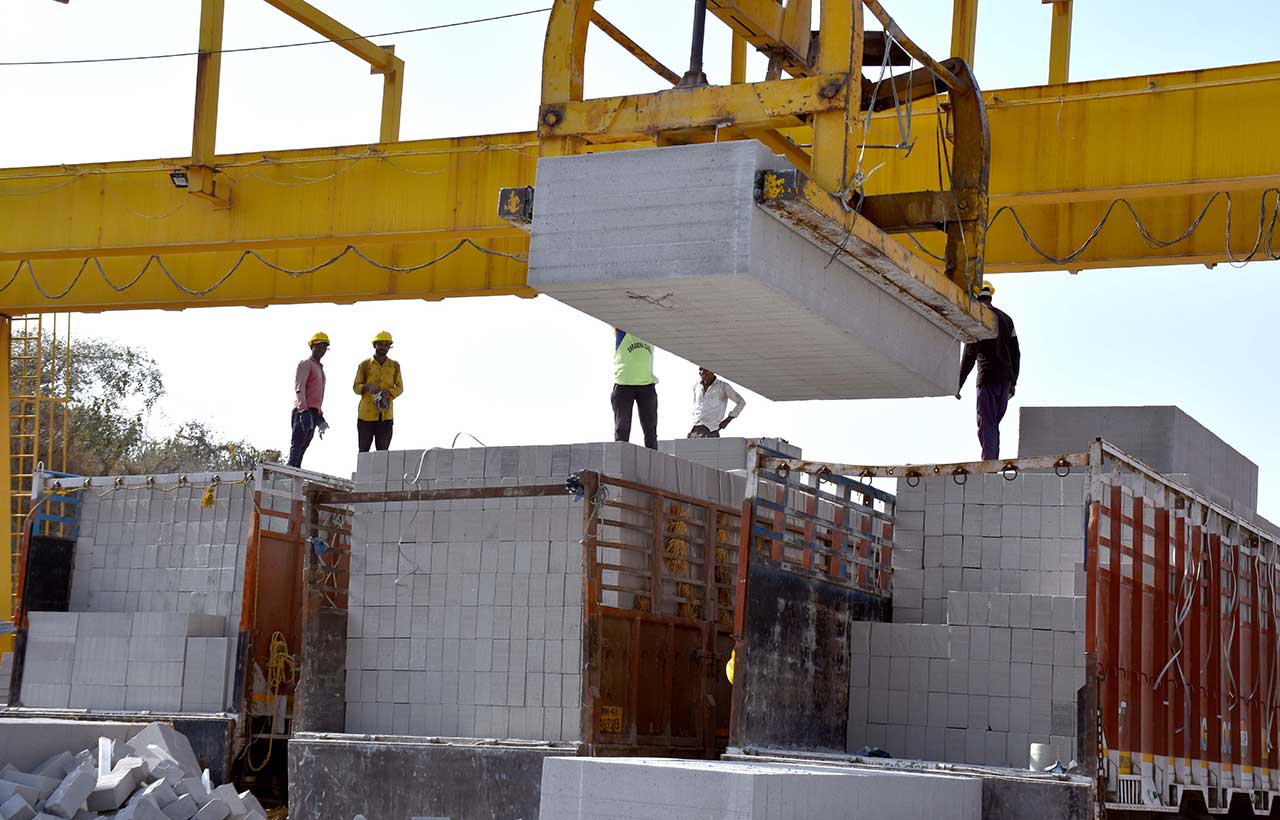 Rapidly Emerging As The Sunrise Segment In The India's Building Materials Industry - By Mohit Saboo, Director and CFO, BigBloc Construction Ltd.
Rapidly Emerging As The Sunrise Segment In The India's Building Materials Industry - By Mohit Saboo, Director and CFO, BigBloc Construction Ltd.
Technology has changed the way we think, work and live our lives. It instigate a fresh approach to introduce new-age, better and innovative solutions which are future ready. One such product is Autoclaved Aerated Concrete Blocks - AAC Blocks. Over the last decade, this Green and non-toxic building construction material have emerged as a preferred choice over redbricks due to its unique combination and superior build properties like strength, low weight, thermal insulation, sound absorption, unrivalled fire resistance and economical. Thanks to its unmatched build ability and it is today emerged as the future of building construction.
India Opportunity: India is the second largest block manufacturer in the world after China. Indian block industry is almost entirely unorganised characterised by large number of small players competing at the regional level. India has around 150-180 plant for AAC Blocks.
Despite the high-growth of AAC blocks in building application during the last decade, it is only 7-8% of the industry while 85-90% of the industry is still dominated by red bricks, which means huge potential in the years to come.
The global autoclaved aerated concrete (AAC) market size is expected to reach USD 28.41bn at a steady CAGR of 5.3% in 2028, according to latest analysis by Emergen Research. According to a recent report, the Indian AAC blocks market is anticipated to register a CAGR of 14.3% during 2020-27 to reach Rs. 11,000 crore.
AAC blocks manufacturing is gaining prominence in the Indian market and a large number of plants are being set up across the country especially in Western India.
Large number of integrated townships, mass housings (for urban poor, slum rehabilitation etc.), IT/ITES parks, high rise buildings and SEZs are commonly seen these days with AAC blocks and the growth in the segment will only increase exponentially in the years to come.
AAC blocks are well accepted by Indian market and its use will grow stupendously in the coming years owing to increased awareness amongst the builders and architects about the several beneficial attributes of AAC blocks over red clay and fly ash bricks. Shortage of urban labour and high interest costs have been forcing developers and construction companies to look for faster and more efficient building materials.
In addition to its adherent benefits, projects constructed using AAC blocks compliments the project management in terms of speed, consistency and quality of the construction. In the domestic market, key factors such as pent up demand and Indian government’s impetus through numerous infrastructure & housing projects and regulations to use eco-friendly construction material under its net-zero carbon emission mission, are the primary factors to steer the AAC market growth.
Big Bloc is the only listed company in the AAC block space in India and largest in Western India. In the coming time, company is planning to launch products including ALC panels, tile adhesives and gypsum plaster and other construction chemicals. Also, we aim to become the largest manufacturer of AAC blocks and panels in India in the next 2-3 years.
With increasing regional government projects and expanding real-estate industry, demand for autoclaved aerated concrete is expected to see an upsurge. The Indian government’s ‘Housing for All by 2024’ is also a major game changer for the industry. Projects such as Pradhan Mantri Awas Yojana, Police Housing, Kanya Shiksha Parishar, etc. where the government has made mandatory to use AAC blocks.
India is likely to witness an investment of around US$ 1.3 trillion in housing over the next seven years, during which it is likely to witness the construction of 60 million new houses. The union cabinet has also extended the validity of the PMAY-Gramin programme till March 31, 2024 to achieve the target of constructing 2.95 crore houses.
Green Solutions To The Growing Urbanisation
.jpg) Growth in the infrastructure sector, growing preferences for low-cost houses, and an ever-increasing focus on green and soundproof buildings are the factors driving the AAC market. AAC blocks, owing to its energy efficient properties along with being fire resistant, termite or pest resistant, seismic resistant, lightweight, sustainable, quick and easy in application have emerged as a preferred choice.
Growth in the infrastructure sector, growing preferences for low-cost houses, and an ever-increasing focus on green and soundproof buildings are the factors driving the AAC market. AAC blocks, owing to its energy efficient properties along with being fire resistant, termite or pest resistant, seismic resistant, lightweight, sustainable, quick and easy in application have emerged as a preferred choice. The construction industry for the longest time used red clay bricks. Fundamental issue, however, is that it used red soil for mass production, which is cultivable soil that reduces the forest area.
AAC is a natural and non-toxic construction material that saves energy and eco-friendly for the environment. Additionally, thermal insulation properties of AAC blocks reduce the energy consumption and help fight global warming resulting in the savings during the life of the building.
We are the only company in this segment which generates carbon credits. The increasing carbon foot print on the environment is a growing concern. We have a commitment towards producing green building products and solutions and an ultimate aim of helping the construction and infrastructure industry to build green and sustainable habitats has been the vision behind the company. With the vision of Conserve Soil - NXTBLOC which is a green product for the industry was launched by us.
The carbon foot prints of NXTBLOC AAC blocks are considerably less compared to traditional walling materials (per sq ft carbon levels: AAC blocks 2.13 kg of CO2, clay bricks 17.6 kg of CO2, concrete walls 14 kg of CO2). Aiding further, the light weight of NXTBLOC AAC blocks reduces the carbon emission as more cubic meter can be transported per truck load as compared to traditional walling material (3 trucks traditional material in cu m equates 1 truck AAC blocks in cu m).
Manufacturing Process of AAC Blocks
AAC blocks are well accepted by Indian market and its use will grow stupendously in the coming years owing to increased awareness amongst the builders and architects about the several beneficial attributes of AAC blocks over red clay and fly ash bricks. Shortage of urban labour and high interest costs have been forcing developers and construction companies to look for faster and more efficient building materials.
In addition to its adherent benefits, projects constructed using AAC blocks compliments the project management in terms of speed, consistency and quality of the construction. In the domestic market, key factors such as pent up demand and Indian government’s impetus through numerous infrastructure & housing projects and regulations to use eco-friendly construction material under its net-zero carbon emission mission, are the primary factors to steer the AAC market growth.
BigBloc is the only listed company in the AAC block space in India and largest in Western India. In the coming time, company is planning to launch products including ALC panels, tile adhesives and gypsum plaster and other construction chemicals. Also, we aim to become the largest manufacturers of AAC blocks and panels in India in the next 2-3 years.
With increasing regional government projects and expanding real-estate industry, demand for autoclaved aerated concrete is expected to see an upsurge. The Indian government’s ‘Housing for All by 2024’ is also a major game changer for the industry. Projects such as Pradhan Mantri Awas Yojana, Police Housing, Kanya Shiksha Parishar, etc. where the government has made mandatory to use AAC blocks.
India is likely to witness an investment of around US$ 1.3 trillion in housing over the next seven years, during which it is likely to witness the construction of 60 million new houses. The union cabinet has also extended the validity of the PMAY-Gramin programme till March 31, 2024 to achieve the target of constructing 2.95 crore houses.
.jpg)
Economics And Faster Execution Also Drives The Growth
AAC blocks help by building the home better, faster and cheaper by use of innovative construction technologies and have emerged as a building material choice and a suitable replacement of clay bricks.
Pricing of raw materials - lime, cement, petcoke and aluminium powder also currently in favour of AAC blocks compared to clay bricks.
Fly ash is one of the key raw materials for AAC blocks. In India, there are many thermal power plants which generates lot of coal waste (fly ash). AAC blocks uses this as a raw material and provides green solution to India’s brick industry. In addition over the last decade, prices of bricks have risen considerably as compared to AAC blocks which further gives it competitive advantage over bricks. AAC block prices are around Rs. 4000 per cbm while brick prices have crossed Rs. 5500 per cbm.
.jpg)



